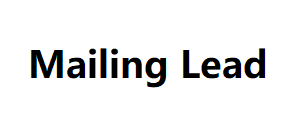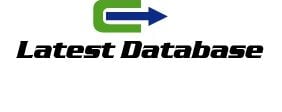WordPress website owners can occasionally face an Error 403 — Forbidden. But don’t worry, it is not as serious as it looks.
It is like having the right key to open a door but still being unable to enter. You just have to find the reason why the key isn’t turning.
Now, let’s consider you have paid for a hosting service, set up your CMS (Content Management System) by yourself, and the servers didn’t decide to take control over your site (a more conducive assumption for those who love a conspiracy theory).
To solve that problem, we prepared a tutorial so you won’t have your access denied to your pages and can keep a steady Digital Marketing strategy. Check it out
What Does an Http Error 403 Mean
The Error 403 is usually related to the page access settings on WordPress.
There are some permissions needed so calling lists the process can run smoothly, but a small failure can happen, especially in the system’s installation.
The problem can also be identified as HTTP Error 403 or simply Forbidden. The message you see depends on the server:
Your client does not have permission to get from the server.
No permission to access.
You don’t have permission to access the server.
Request forbidden by administrative rules.
You will probably spend more time thinking about what went wrong than actually fixing the issue. Despite that, let’s see some of the possible 403 forbidden error’s causes next.
What causes a 403 Forbidden Error
Even if the HTTP status codes the page is sending are correct, the server can still forbid access to a URL when it considers that the data isn’t compatible with keeping its communication stream.
That “ error” can be useful to identify problems with your website’s settings — in short, the server understands your request but doesn’t execute them because you don’t have the right permissions.
That is the most common issue that leads to an Error 403.
It is also possible that you didn’t set up right the Mailing Lead protection for a directory or list of files in that folder, that a .file is corrupted, or that some plugin is not working as it should.
Still getting that http error 403, and neither of the above common causes appears to be the problem? Try assessing whether it might be one of the following issues.







